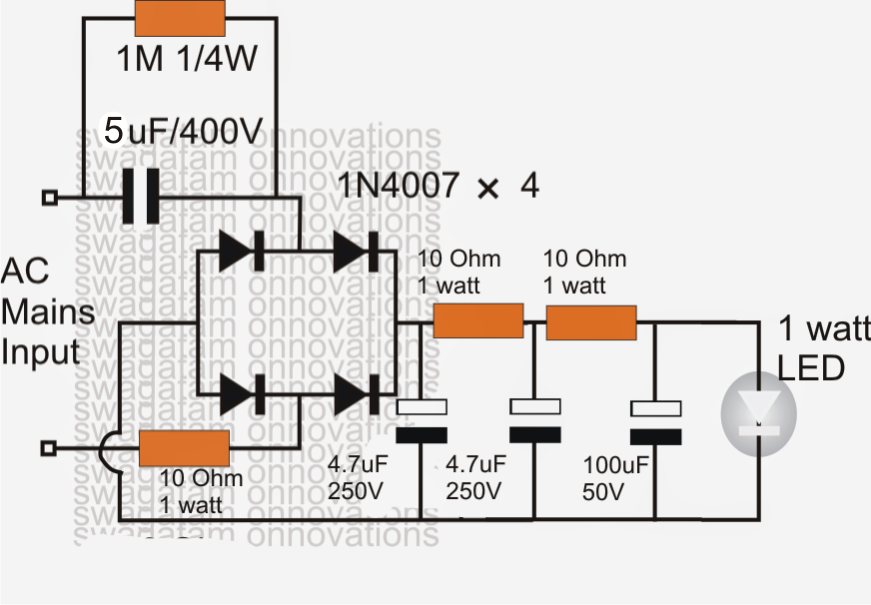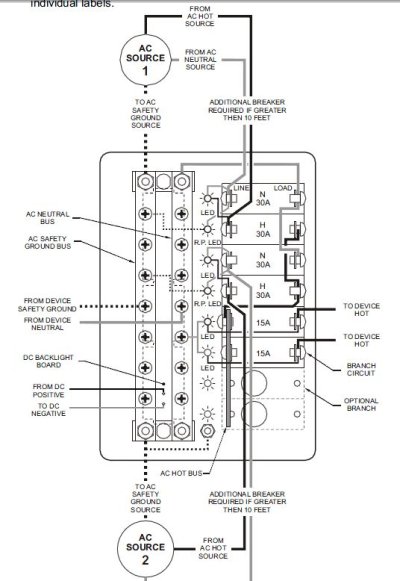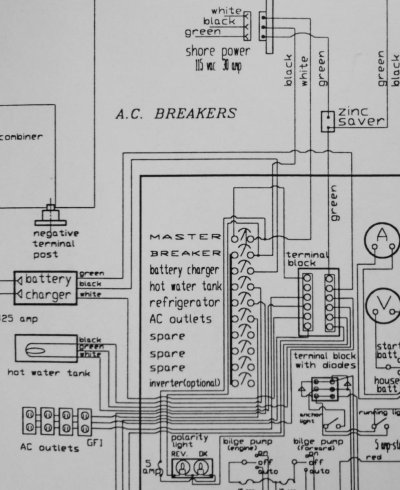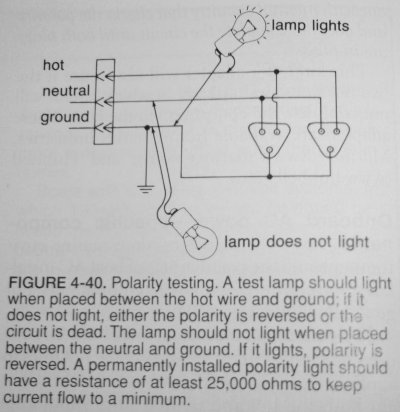About reverse polarity indicators, they need to be 25,000 ohms minimum
I had to change mine and leave off the buzzer.
Wiring a reverse-polarity alarm - Ocean Navigator - January/February 2003
You can not just stick a pilot light in there, a neon light will work.
That's pretty much what I have been trying to say. The inherent design is a ground fault and the only way to deal with this if there is a GFCI feeding the boat is to make sure the reverse polarity circuit doesn't draw enough current to trip the GFCI.
The simple test, of course, is to disconnect the reverse polarity circuit (or lamps) and see if that solves the GFCI problem. If it does, neon or LED lamps with the appropriate resistors is your solution.
Neon lamps draw very little current and work (with a resistor) in this application, but as the article states, they don't have a long service life. The ones in my boat were dead (the green one) when I bought it at eight years and the replacements I installed are pretty much gone now, eight years later. Long ago, part of my job was servicing equipment that used neon indicating lights and replacing these was something I often had to do.
If I can find an LED light to fit my panel, that's what I will do. It's a small rectangular fixture with both red and green lights in it.






